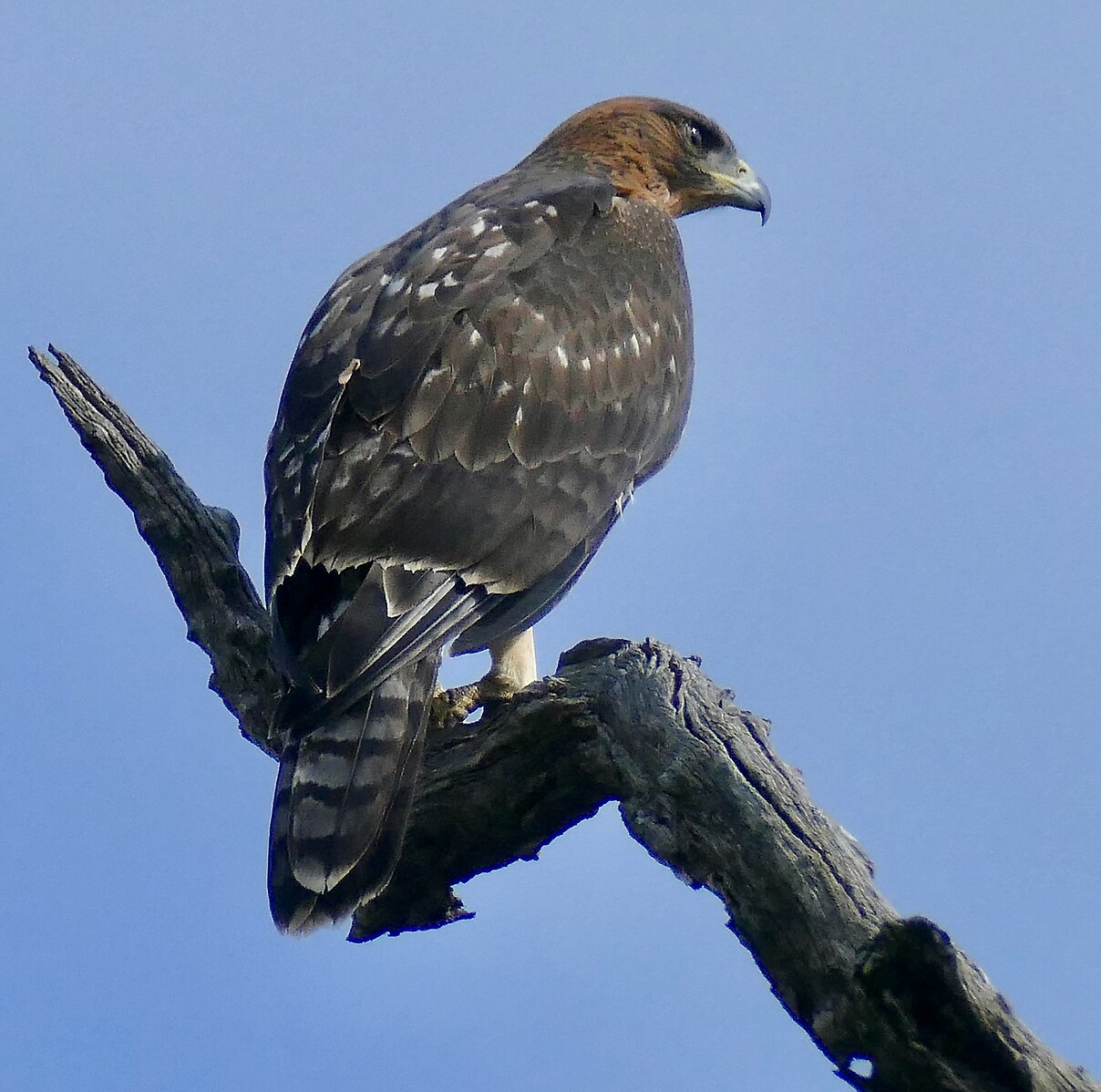African Hawk-eagles are found throughout Sub-Saharan Africa, including Kenya, Ethiopia, Angola, Botswana, and South Africa. These majestic birds are known for their impressive hunting skills and their ability to travel long distances from their nests. In this blog post, we’ll explore how far African Hawk-eagles typically travel from their nests.
The Typical Range of African Hawk-Eagles
African Hawk-eagles are generally considered to be sedentary and stable breeding raptors, meaning they tend to stay within a devoted area that provides good prey numbers and suitable habitat. However, it’s important to note that juvenile African Hawk-eagles can disperse considerably from their breeding grounds.
According to the available research, one juvenile African Hawk-eagle was recorded to have moved a distance of 795 km (494 miles) from its breeding grounds in Limpopo, South Africa, to the Victoria Falls region on the Zambia-Zimbabwe border. This is an impressive distance for a young eagle to travel, and it highlights the potential for these birds to cover vast areas during their lifetime.
Factors Influencing the Travel Distance of African Hawk-Eagles
 Image source: African Hawk-Eagle by Bernard DUPONT
Image source: African Hawk-Eagle by Bernard DUPONT
Several factors can influence the distance that African Hawk-eagles travel from their nests:
-
Age and Maturity: As mentioned earlier, juvenile African Hawk-eagles are more likely to disperse and travel longer distances from their breeding grounds, as they search for suitable territories and resources to establish their own nests.
-
Prey Availability: If the prey population in the immediate vicinity of the nest becomes scarce or depleted, the adult African Hawk-eagles may need to travel further to find sufficient food for themselves and their offspring.
-
Habitat Fragmentation: Deforestation and other forms of habitat loss can lead to the fragmentation of the African Hawk-eagle’s natural environment, forcing them to travel longer distances to find suitable nesting sites and hunting grounds.
-
Persecution by Humans: In some areas, African Hawk-eagles may face persecution from farmers due to their predation on domestic chickens and other fowl. This can cause the birds to avoid certain areas and travel further from their nests to find safer hunting grounds.
The Importance of Nest Site Selection
The choice of nest site is crucial for African Hawk-eagles, as it can directly impact the distance they need to travel to find food and resources. These eagles typically prefer to nest in riparian areas, along hill slopes, or even on power pylons, building large nests composed of sticks and placing them high up in trees.
By selecting a nest site that is close to reliable sources of prey, African Hawk-eagles can minimize the distance they need to travel to feed themselves and their offspring. This, in turn, can improve the overall success of their breeding efforts and the survival of their young.
Threats to African Hawk-Eagles and Their Nesting Grounds
Despite their widespread distribution and categorization as a species of Least Concern, African Hawk-eagles face several threats that can impact their ability to thrive and maintain stable populations.
One of the primary threats is habitat loss due to deforestation, which can lead to the fragmentation of their natural environment and the loss of suitable nesting sites. This, in turn, can force the birds to travel further from their nests to find food and resources, potentially increasing the risk of predation or other dangers.
Additionally, the persecution of African Hawk-eagles by farmers due to their predation on domestic animals can also pose a significant threat to these birds. This can cause them to avoid certain areas and travel longer distances to find safer hunting grounds, which can further strain their resources and increase the risk of mortality.
Conclusion
In conclusion, the distance that African Hawk-eagles travel from their nests can vary significantly, depending on a variety of factors. While these birds are generally considered to be sedentary and stable breeding raptors, juvenile individuals have been known to disperse considerable distances from their breeding grounds, with one individual recorded to have traveled nearly 800 km (500 miles).
Factors such as age, prey availability, habitat fragmentation, and human persecution can all influence the travel patterns of African Hawk-eagles. By understanding these factors and the importance of nest site selection, we can better protect these magnificent birds and ensure their continued survival in the wild.
References:
– https://peregrinefund.org/explore-raptors-species/eagles/crowned-hawk-eagle
– https://peregrinefund.org/explore-raptors-species/eagles/african-hawk-eagle
– https://en.wikipedia.org/wiki/African_hawk-eagle

